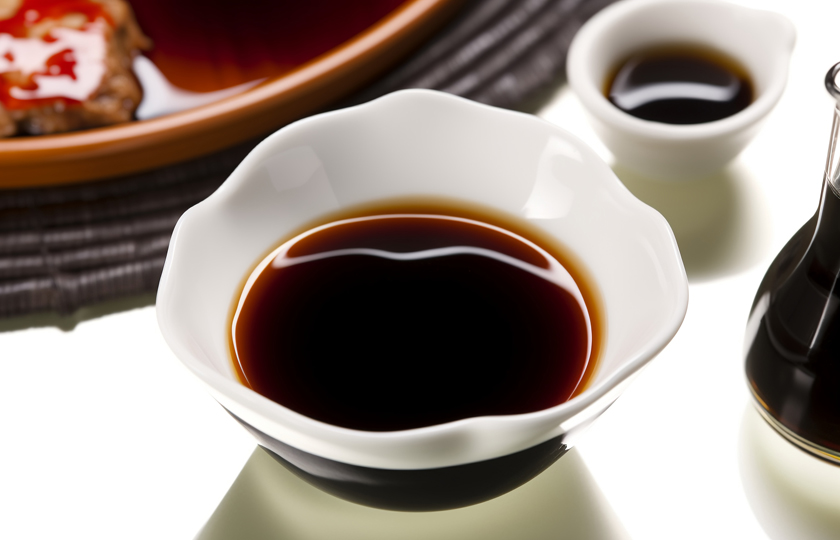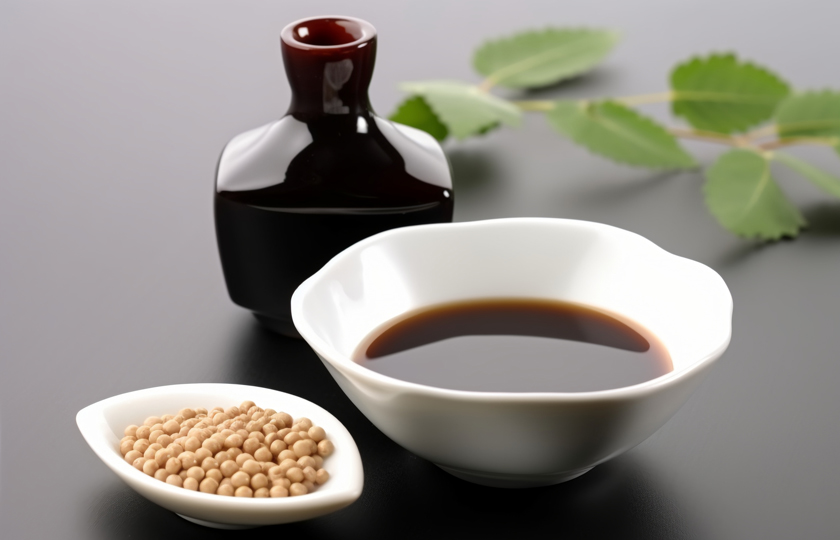Perfect Substitute for Light Soy Sauce
Light soy sauce is a seasoning that we use more often when cooking. But if there is no light soy sauce on hand, how can we replace it? Can dark soy sauce be used as a substitute?
Substituting with Soy Sauce
Since light soy sauce is a type of soy sauce, regular soy sauce can be used as a direct substitute. For dishes where color isn't a major concern, it can fully replace light soy sauce.
However, since regular soy sauce is thicker and more flavorful, you may need to use less and adjust the salt to taste.
Substituting with fish sauce
Fish sauce is a condiment made from small fish and shrimp and has a unique fishy flavor. It is often used in Southeast Asian dishes.
When cooking some seafood dishes or dishes with a relatively strong taste, using an appropriate amount of fish sauce instead of light soy sauce can add a different flavor.
However, the taste of fish sauce is relatively special. Pay attention to the amount when using it to avoid covering up the taste of the ingredients themselves.
Substituting with oyster sauce
Oyster sauce is a condiment made by boiling oysters and has a unique umami taste.
When stir-frying or making cold dishes, oyster sauce can be used as a substitute for light soy sauce to add a delicious taste to the dishes.
But please note that the saltiness of oyster sauce may not be as obvious as that of light soy sauce. Therefore, the amount of salt may need to be increased appropriately.
Substituting with homemade seasonings
You can also try to make some seasonings by yourself to replace light soy sauce.
For example, boil ingredients such as sea salt, sugar, water, mushrooms, and then the filtered liquid can be used as a substitute for light soy sauce.
This method can be adjusted according to your own taste to make seasonings that suit your preferences.

What are the ingredients of light soy sauce?
Soybeans
The main raw material of light soy sauce is soybeans. After fermentation, the protein in soybeans will be decomposed into amino acids. These amino acids not only provide umami taste but also make the color of light soy sauce relatively light.
Edible salt
Light soy sauce contains a certain amount of edible salt, mainly for seasoning and preservation.
Additives
Light soy sauce may also contain some additives such as caramel color and caramel essence. These additives are mainly to increase the flavor and improve the quality.
In addition, light soy sauce also contains water, amino acids, sugar, vitamins, trace elements and other nutrients. These ingredients together form the unique flavor and nutritional value of light soy sauce.
Is light soy sauce the same as soy sauce?
No, light soy sauce is different from ordinary soy sauce. Although they are both soy sauces. Here are the main differences:
Different colors
Light soy sauce: The color is relatively light, usually reddish-brown.
Ordinary soy sauce: The color is relatively darker, mostly brown or black.
Different tastes
Light soy sauce: Mainly salty and fresh, and it contains rich amino acid nitrogen, which makes it delicious.
Soy sauce: The taste is sweeter and less salty than light soy sauce, but it has a rich taste and a stronger soy sauce flavor.
Different uses
Light soy sauce: In the cooking process, it is mainly used to enhance freshness. For example, when adding it to cold dishes or when stir-frying and almost ready to be out of the pan, it can add freshness.
Soy sauce: It is mainly used to enhance color and aroma. It is often used in sauces, soups and stews. Soy sauce can make the dishes bright in color and add a rich flavor at the same time.

Can I dilute dark soy sauce to make light soy sauce?
Dark soy sauce cannot be diluted to become light soy sauce.
Although the color of dark soy sauce will become lighter after adding water and look close to light soy sauce, its main function is still coloring, and the taste will also become lighter. It cannot have the same seasoning and freshness-enhancing effect as light soy sauce.
So the diluted dark soy sauce will not replicate the exact flavor of light soy sauce. You may end up with a slightly diluted dark soy sauce, but it still has a stronger taste and darker color than light soy sauce.
How to store light soy sauce?
Storage at an appropriate temperature
The ideal storage temperature is around 10-25℃. If the temperature is too high, the chemical reactions in light soy sauce will also intensify.
For example, some flavor substances may volatilize, resulting in a change in the taste of light soy sauce.
In summer, if the indoor temperature is too high, you can put light soy sauce in the refrigerator's refrigeration compartment, but be careful not to put it in the freezer compartment. Because freezing may cause components such as salt in light soy sauce to crystallize and affect the quality of light soy sauce.
Sealed storage
After each use of light soy sauce, be sure to tighten the bottle cap in time to prevent air from entering and slow down the oxidation process of light soy sauce, thereby extending the shelf life.
Storage away from light
Light soy sauce should be stored in a cool, dark, and dry place. Direct sunlight and high temperature environments will affect the quality and taste of light soy sauce.
Consume as soon as possible
Although light soy sauce can be stored for a period of time, in order to ensure the freshness and taste of food, it is best to use it up within 6 months after opening, or judge according to the shelf life on the bottle.
























